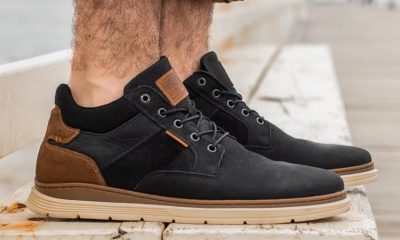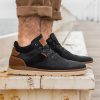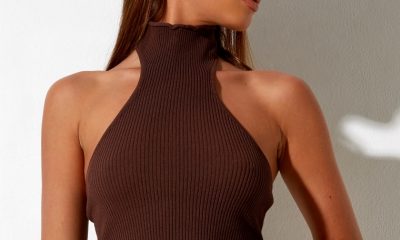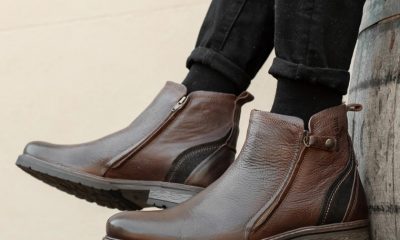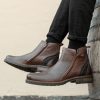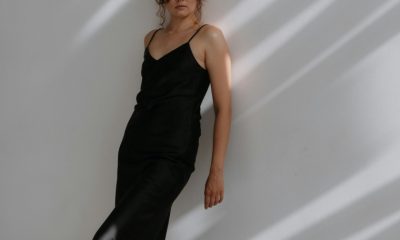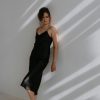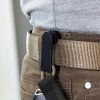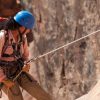Fashion
Dancing ‘En Pointe’: The Magic of Ballet Shoes
The graceful glory of dancing ‘en pointe’, French for “on the tips of the toes” is the dream of every young ballerina. That supernatural movement that looks like dancing fairies or butterflies mesmerizes with its beauty while showcasing the ballerina’s talent as no other technique can. Mastering this incredible technique requires years of training and practice, dozens of pairs of dancing shoes, and tons of perseverance.
When young ballerinas start their first classes, apart from the leotards, leggings, and ballet dance tutu, they need proper shoes. Before dancers go en pointe, they typically wear ballet slippers. As they gain more skills, they move from one type of shoes to another, until they are ready to start practicing the demanding technique of dancing on the tips of their toes, when they get their pointe shoes.
The Evolution of Ballet Shoes
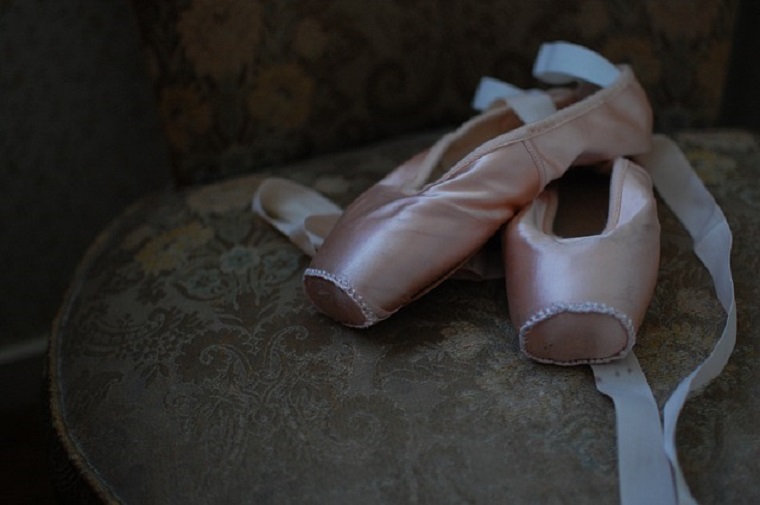
Ever since ballet was first performed in 15th century Italy, dancers have tried to customise their shoes to enhance their performance. As ballet dancers were the ones who had to suffer through the pain in their feet for the sake of the art, they knew exactly what they needed from a pair of shoes. Marie Camargo was the first one to remove the heels from the shoes and Charles Diderot added ribbons to secure them to the feet.
When the famous Russian prima ballerina Anna Pavlova, modified her footwear with hardened leather soles and a flattened-bottom toe area to lessen the pain from the injuries, the pointe shoes came to the scene. They carry an almost mystical allure, an endless source of lore and ritual, tricks and stories passed down to generations.
Today, when you look for ballet shoes for sale, you will find modern designs and materials with improved durability and fit, paramount to injury risk reduction. To help you choose the perfect pair suitable for your needs, we will go over the different types and materials and what levels of training they are usually used for.
Types of Ballet Shoes
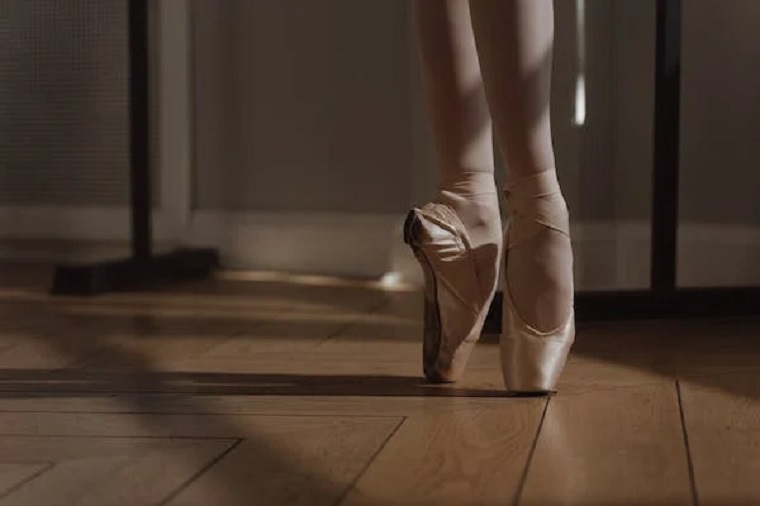
Ballet shoes for sale come in different styles appropriate for the level of training and experience:
Full Sole
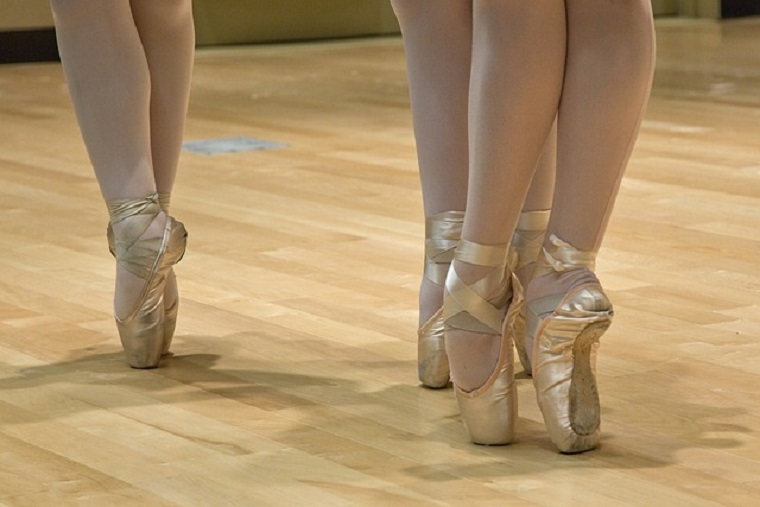
These are usually the first shoes for new dancers. There is a thin leather pad sewn to the back of the ballet shoes, known as the sole. This sole stretches from the toe to the heel, providing extra stability and sufficient traction and resistance. They are the best for young children and beginners who have no experience in ballet and need to focus on building foot strength. Their lightweight and flexibility allow the dancers to manipulate the floor with ease while offering support for the arch and forcing the foot and muscle to work.
Split-Sole
When the student gains more experience split-sole shoes come in. This type has different heel and toe pads or we can say the sole is split into two portions. It gives more emphasis to the point of the foot as the centre lacks enough support, allowing the dancer to flex and point their feet, emphasizing the arch’s curve. Split-sole ballerina shoes give them more balance and confidence to perform cleaner work and techniques.
Demi-pointe Shoes
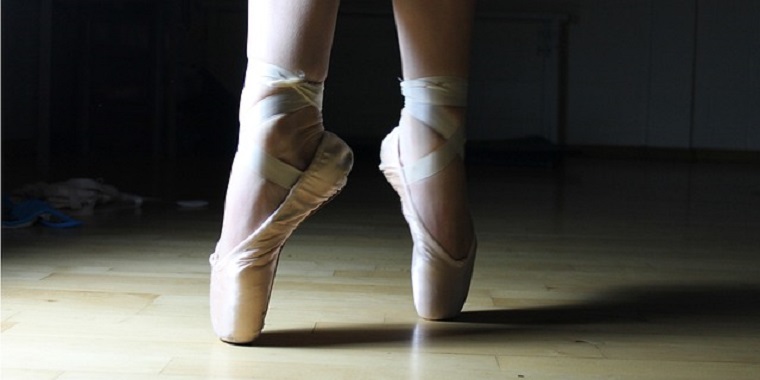
This ballerina shoe provides more resistance, requiring the dancer’s feet to work harder. The sole does not have a shank, but a leather outsole instead. When worn, demi-pointe shoes share a similar feeling to pointe shoes, which prepares the dancer to transition to pointe.
Pointe Shoes
Compared to demi-pointe shoes, these shoes have a shank to provide support for en-pointe dancing. The rigid toe box is made of thick packs of layered cardboard or fabric hardened with glue. The sturdy construction supports the entire body weight. They are specifically for advanced dancers with several years of training and have enough strength built in their foot bones. Sleek, graceful, and athletic at the same time, these shoes give the ballerina a unique connection to the ground, a stable platform that makes the most amazing moves possible.
Materials and Features
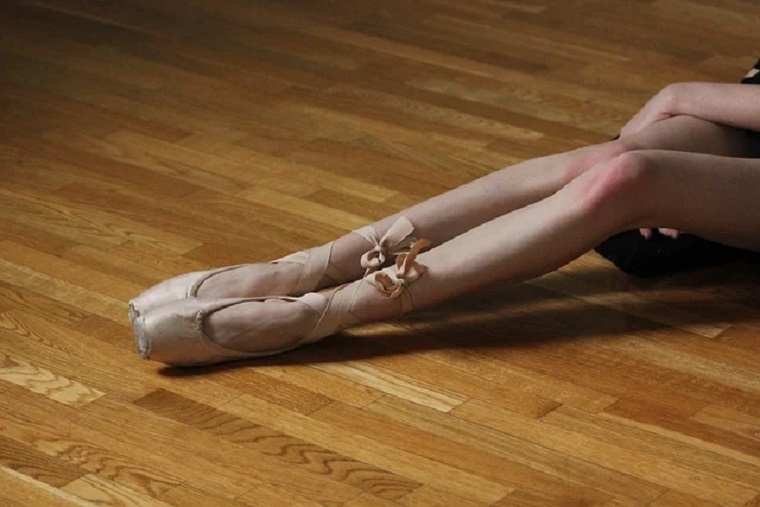
The most common materials used in the making of this specific footwear are canvas, satin, and soft leather. What makes them all suitable is their kindness to the feet, not too hard to cause blisters, but strong enough to provide support. The canvas is easily cleaned and maintained so it’s good for practice classes. The beautiful satin is a more delicate material, appropriate for special occasions, whereas leather is a hardwearing fabric and thus the most durable.
The shoes for ballet have a few features that allow better fit, such as:
• Drawstrings – the part in flat ballet shoes used for tightening
• Elastics – pre-sewn or added for a more secure fit
• Ribbon – tied around the ankle for security
• Sole – the bottom part, usually leather or suede
• Box – to cover the toes
• Platform – the flat portion of the box
• Vamp – to enclose the box and platform in a pointe shoe
• Insole or shank – stiff sole supporting the feet en pointe
Ballet shoes have a short life span depending on the demands put on them and the dancer’s level of expertise, as well as the care. They don’t have a left or right side, so it’s up to the ballerina to choose, but interchanging them is not advisable as the shoe modifies to the foot.
Choosing the Right Shoes
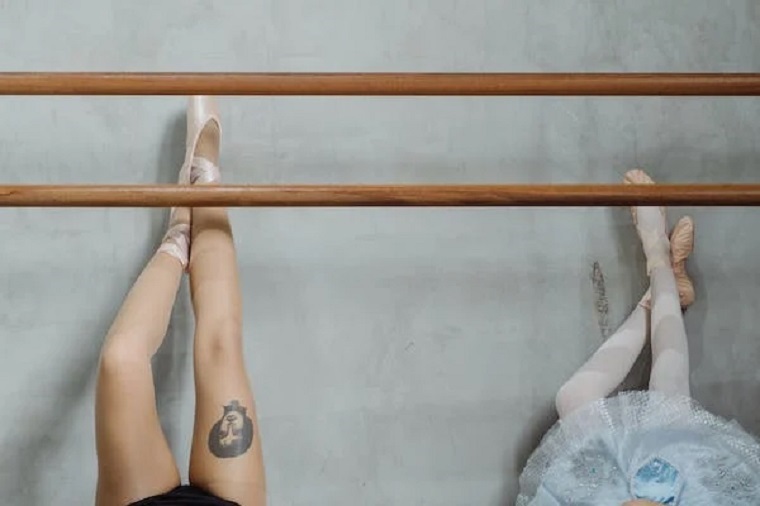
When you buy ballet shoes the most important thing is the fit. They need to feel comfortable and act as a spring because the foot needs room to expand and contract. Many professional dancers sew the elastic onto their shoes themselves, add ribbons, pound the toe box, and pop or step on the shank to soften the parts and prevent making noises during the performance. They customise the shoes according to their preference.
Final Thoughts
Ballet is complex and requires a lot of endurance and dedication, but the elaborate spectacle full of expressive and dramatic movements always leaves the audience in awe. And this is only possible with the help of a dainty-looking shoe that makes a remarkable piece of dancing gear. The unique construction of the shoes lets ballerinas spring onto their toes and appear to float, making the hard work seem effortless. They may be pink and satiny, but they magically turn dancers into sylphs.
As a proud Pisces known for the selflessness, Olivia joined up the blog fascinated by the idea she can help readers with info on topics and their related benefits like health and beauty, travel, food and drinks. When not writing, she likes to call it a day reading comic books in the company of her Tonkinese cat Chatty or binge-watching The Big Bang Theory with her SO like the nerd she is.

